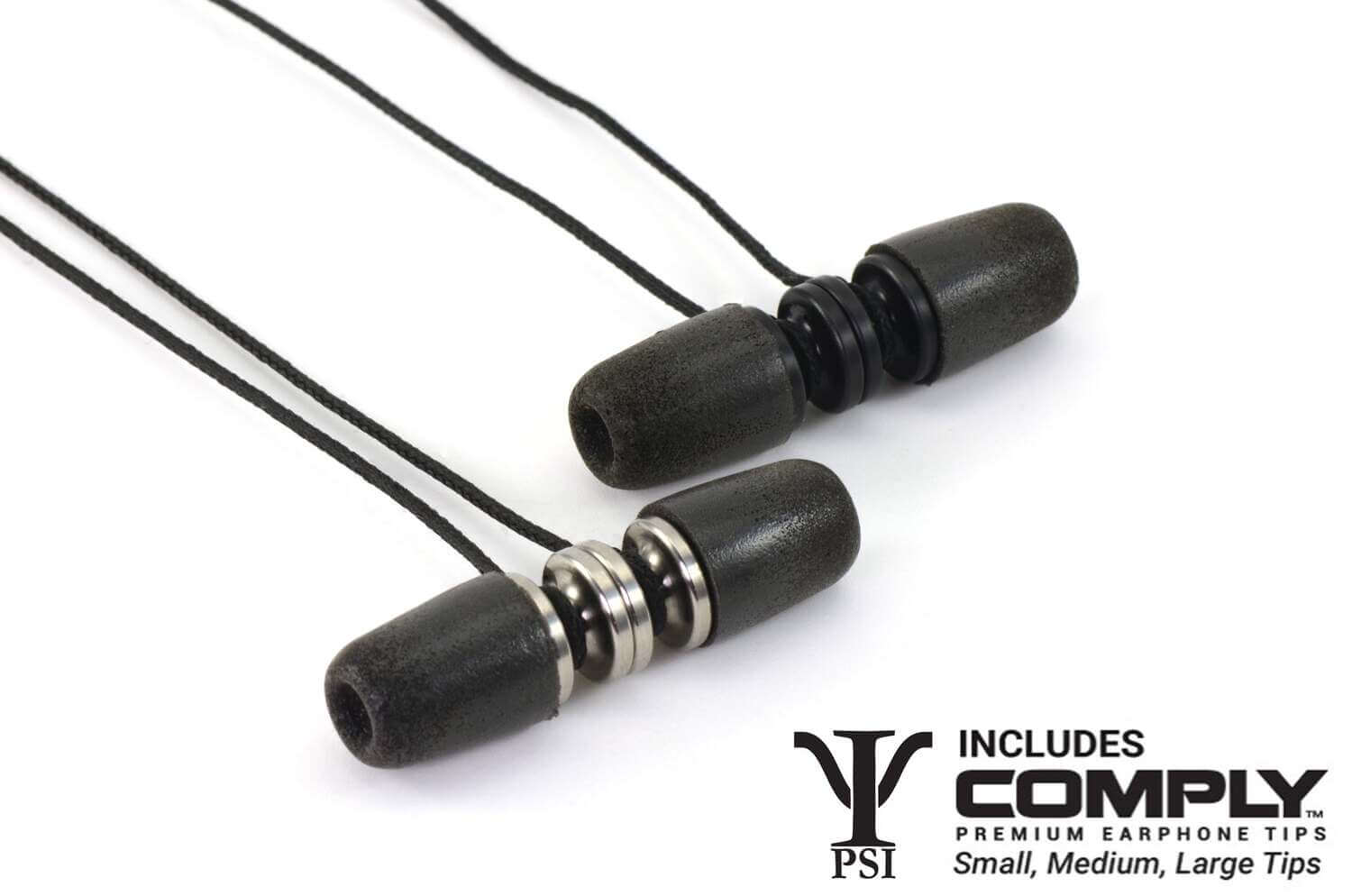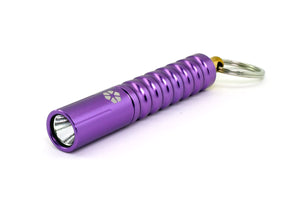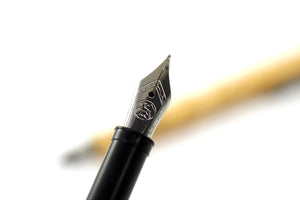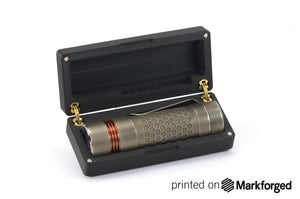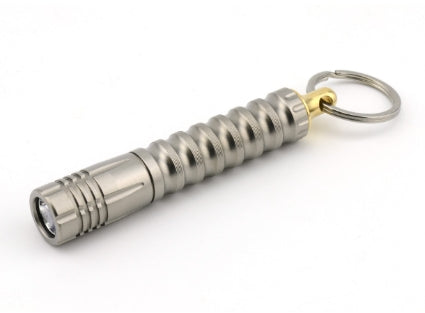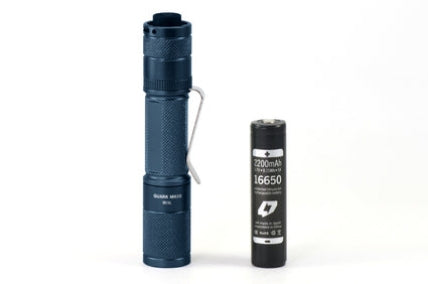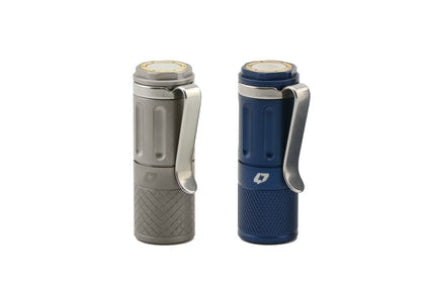Psi Earplugs
Each pair of earplugs comes with 3 cord colors, a translucent orange carrying case, and one set of comply s/m/l canal tips!!!
Hearing protection isn't about blocking all sounds, it's about making loud environments safe, less distracting, or simply more comfortable. Everyone can use a pair of earplugs. I keep a set in my car...along with safety glasses, a tape measure, and a Sharpie. You never know right?
{"name":"MATERIAL","position":1,"values":["TITANIUM","DELRIN"]}
Once again I just wasn't satisfied with what I could buy, so I resorted to making my own. Life is loud and I need great hearing protection that's available at a moments notice. I couldn't find it, so I made it. Psi earplugs feature premium foam ear tips, a comfortable neck cord, and strong neodymium magnets to keep them around your neck...and look good enough doing it that you look out of place if you wear them outside an industrial setting.
Using earplugs is about having them handy when you need them. No earplug provides protection if you don't have them or can't find them. I chose a premium cord that is supple enough that it drapes properly and doesn't conduct sound into the plugs when it rubs on your clothes. The embedded magnets keep your Psi earplugs securely around your neck so you can pop them in or out at a moments notice.
PSILENCE IS GOLDEN Psi is the Greek letter commonly used in physics to to denote a wave function. Sound wave...get it?
My main problem with earplugs is I'm constantly losing one half. Doesn't matter if they are cheap or expensive, if they don't stay together, they get lost. I don't like loose plugs in pouches/cases because it's not convenient. Being inside a pocket (and then inside a case) are barriers to just grabbing my plugs and putting them in. Barriers mean I don't always use them when I should.
Sure, there are other corded earplugs (mostly cheapo ones) on the market but the cords are usually PVC and so springy that the plugs don't hang properly or stay tied. Tying earplugs is also way 2009. Lose another pair much?
THE TOP 3 REASONS OTHER EARPLUGS FAIL YOU...GO AHEAD GOOGLE IT, I DID ;)
- Losing Them: little things are easy to lose. It's even harder to keep track of pairs. You don't want to lose your earplugs because when you need them, you NEED them. #thereifixedit with some magnets and a string. I'm no genius, but I know what works.
- Crappy foam tips: they can fall apart, they can be too hard. In developing the Psi Earplugs I tested nearly every brand/model a normal human can buy. The people were right, other foam tips tend to be terrible. If they are too hard they hurt. If they rebound too quickly, you can't even get them into your ears before they spring back open. If they rebound too slowly..well that's just annoying.
- They aren't convenient enough: Not long into my earplug experience I realized I needed them around my neck if I was actually going to use them. I tried plugs with plastic cords but they always fell off. I tried plugs with a hard plastic band and suffered through every movement being piped directly into my ears. Those other "around the neck" solutions are, in a word, awful.
WHY USE EARPLUGS
- Occasional Exposure: Ever been at an extremely loud concert, sporting event, or fireworks show and your ears were ringing afterwards? That's hearing damage. Even brief exposure to more than 110 decibels can cause permanent damage.
- Regular exposure: Many people live/work in noisy environments. Daily exposure to moderate noise (80+ decibels) can cause hearing loss over time...the kind of hearing loss you don't notice until it's too late. This can be anything from a construction site to public transportation.
- Improve task focus: Sometimes you don't need "hearing protection" but you just need a break from ambient noise so you can relax or stay focused on a task. Noisy environments can be distracting and fatiguing
- Noise Sensitivity: Lots of people have sound sensitivities which can make noisy environments plain old uncomfortable. Earplugs can take the edge off...but only if you have them with you. Hate the sound of people chewing? We got you.
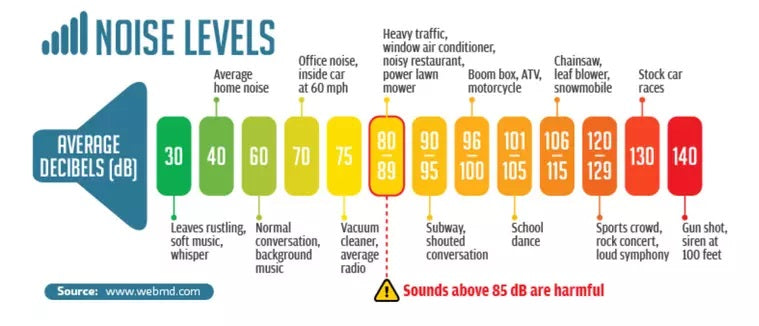
This soft, flexible cord also reduces noise transmission. While it does transmit some sound, it's much less than any other solution I've tried. Transmission can also be reduced by shortening the cord so it doesn't drag on your clothing when you move around.
* 28" of cordage you'll need to cut/tie yourself (all three colors). Don't worry, if you can tie your shoes you've got this.
* One pack of S/M/L Comply Foam "P Series" canal tips
* Carrying Case
NOTES WORTH READING:
- All foam tips are consumable: meaning they wear out eventually. The more you use them, the faster they wear out. If you get them wet all the time (sweat or otherwise) they will break down faster. I use mine every day, and I replace them once...maybe twice a year.
- Replacement Tips: We provide a 3 pack of S/M/L size tips. Once you figure out what you need, you can just buy 6 packs (12 tips) from the Comply website. We hope to carry individual sizes eventually, but right now we only have the variety pack.
- Tip Sizing: Tips come in S/M/L. No one will tell you this, but you can increase the protection level by packing a larger tip into your ear canal, as long as it still fits properly. Conversely, if you need less protection, you can use a smaller size that's easier to insert.
- Sound attenuation: 95% of attenuation is provided by the foam tips. The base material doesn't really matter...despite inaccurate claims made by other companies. Attenuation is related to the density of the foam and the length of foam the sound has to travel through. This is why smushing a bigger tip into your ear increases protection...only up to the point where they still fit properly. It's also why the P Series tips are twice as long as a normal foam tip.
- Altering sound attenuation: No one will tell you this, but you can increase the attenuation by packing a larger tip into your ear canal, as long as it still fits properly. Conversely, if you need less protection, you can use a smaller size. The Comply™ tips are incredibly compressible due to both the material and the small diameter rubber core. I use a medium tip most of the time, but I can get away with either small or large. You can't do this with silicone tips, or foam tips that use a large plastic core.
- Wait, I have to tie the cord on myself?: It's not the most elegant solution, but it's the best one. Every person is a different size, and this means you need a different length cord. Just tie them to suit, trim off the excess, and seal the end with a flame. One of my design principles is customization and I employ this whenever possible.
- What about my music man?: If you are a musician or music enthusiast you've probably seen "music specific" earplugs that attenuate sound evenly over the spectrum. They work in the lab, but if you read reviews there are just as many "these are terrible" reviews as there are "these are great" reviews. The fact is, hearing is very subjective and what works for one person may not work for another. Psi Earplugs are designed for hearing protection, not music fidelity.
- Lab testing & Certification: Attenuation measurements have been performed according to the American National Standards Institute (ANSI) Specifications ANSI S3.19-1974 by Michael & Associates: accredited by the National Institute of Standards and Technology (NIST) National Voluntary Laboratory Accreditation Program (NVLAP) for tests performed according to ANSI S3.19-1974, ANSI S12.6-2008, EN352 Parts 1-8 and AS/NZ S1270:2002. These accreditation criteria encompass the requirements of international standard ISO 17025.

-
NRR (Noise Reduction Rating)29db NRR
-
Testing StandardANSI S3.19-1974
-
Base MaterialsDomestic 6Al/4V Titanium or Delrin thermoplastic
-
MagnetsNeodymium N42
-
Where it's made





